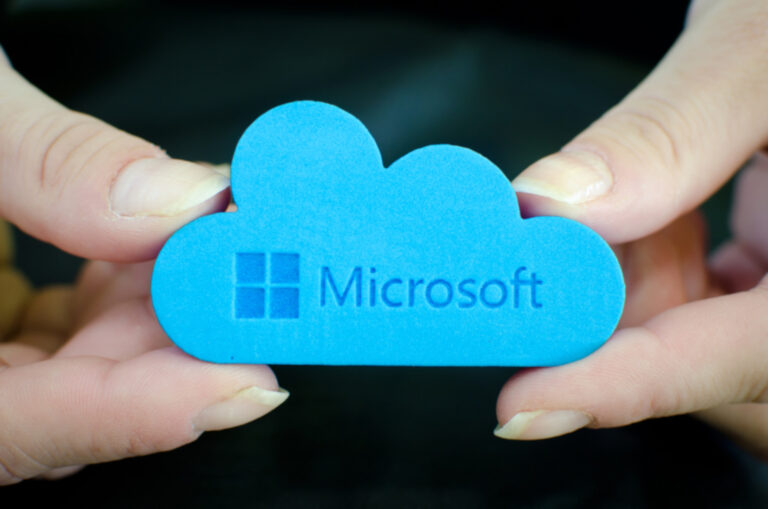
Microsoft used its Build 2019 conference to detail how it is bringing DevOps practices into the machine learning sphere, to deliver what it calls MLOps capabilities in its Azure Machine Learning service.
The MLOps capabilities appear to hinge on a set of new asset management and orchestration services in Microsoft’s Azure Machine Learning platform, intended to bring effective lifecycle management to machine learning.
DevOps is all about moving to a more rapid continuous integration and continuous delivery (CI/CD) model, partly through closer collaboration between developers and the IT operations team. But bringing this approach to machine learning has its problems, apparently, and Microsoft wants to help smooth these over, at least for Azure users.
For example, some data scientists apparently have difficulty getting an ML model prepared to run in a production system. Microsoft said that it has introduced new capabilities to package and debug ML models locally, before pushing them to the cloud
Another common challenge is guaranteeing that models will perform as expected once they are deployed to the cloud, and Azure Machine Learning now provides model validation and profiling capabilities. These automatically deploy and test the packaged model on a variety of inference CPU and memory configurations to determine the optimal performance profile. Microsoft said.
A key tool is the Azure DevOps extension for machine learning which enables a developer to manage their ML CI/CD pipelines with the same tools they already use for their software development processes. These include the ability to trigger Azure Pipelines release on model registration and connect an Azure Machine Learning Workspace to an Azure DevOps project.
There are also new audit trail capabilities that provide automatic tracking of the experiments and datasets that corresponds to each registered ML model, so that users can always see which code and data was used to create a particular model
Microsoft’s new MLOps features also include code management with Git repository tracking and data set management, which enables users to version, profile, and snapshot data sets. This allows users to reproduce their training process by having access to the same data each time.
Meanwhile, Microsoft also announced it is aiming to simplify machine learning by introducing a no-code user interface that allows users to get to grips with it without having to become an expert at coding.
Currently in preview, the automated machine learning user interface lets users import their own data and start training a model on it. Automated machine learning will try a plethora of different combinations of algorithms and their hyperparameters to come up with the best possible model, customised to the user’s data, Microsoft said.
Users can then deploy the model to Azure Machine Learning service as a web service, to generate future predictions on new data.
